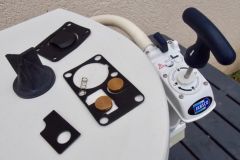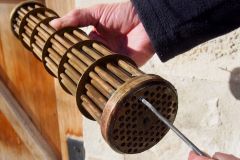1. Inspection of sails
Annual inspections should be part of the winterization routine to maximize the life of the sails.
A check-up may reveal small tears, tired straps, or dying sliders. A professional may also discover problems related to the use of the sail. For example, loose seams along the luff could indicate too much halyard tension.
Fixing what is still only a small problem will probably prevent the gear from becoming unusable at the crucial moment.
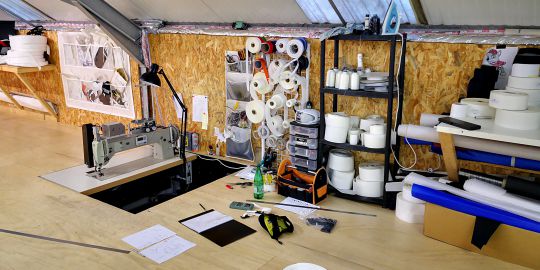
2. Have your sails re-cut from time to time
All sails, no matter how good they are, become distorted over time and with use. If your sails are deformed, you will feel difficulty in heading, a lack or excess of power, and especially difficulty in trimming the sail. This does not necessarily mean that you need new sails.
The sails, provided the fabric is in good condition, can be recut to up to 90% of their original shape. This extends their effectiveness over time at a very reasonable cost compared to a new sail.
As a general rule, one or two recuts may be made during the life of a sail. This is a common practice among racers, who sometimes adjust and recut their sails between races. However, you will need a good photo album to help your sailboat adjust its shape.

3. Repairs are a profession
After hearing the sound of the fabric tearing, you may have saved your sea trip with a quick spinnaker repair. And since then, the repair still holds, in fact you are the first one to be surprised. Tinkering is enough to finish a sail, but it's not meant to last. It's surprising how easy it is to forget that a simple piece of adhesive holds the sail together. It's unlikely to end well for the sail and the budget.
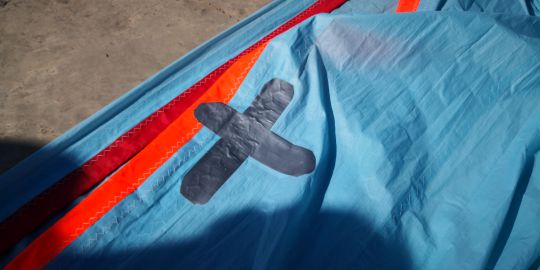
4. Check the rigging adjustment
Improperly rigged sails will significantly affect their performance. So before you blame the sails, make sure the problem isn't the rig. Have an expert sail with you to see what adjustments might solve the problem.
This is especially true for boaters who do not regularly tune their rigs. For more information, see this topic .
5. Optimize your sails
It is quite possible to improve the quality of a sail and extend its life by making a few investments. An additional reef, a UV strip, patches to protect spreaders... Take advantage of the winter to discuss with your sailmaker what modifications can be made to help the sail perform better and make it usable for a few more years.
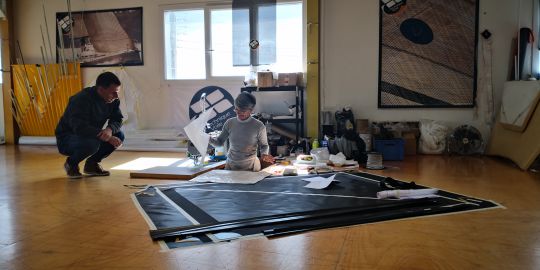
6. The sail and its boat
To get the most out of your sails, you also need to look at the boat as a whole. A wide range of equipment will help limit the rapid wear and tear of the sails. Furling genoa systems are a perfect example, especially for smaller crews or novices. Furling boom and mast systems will also help preserve the sail.
Obviously, this type of mechanism must be in perfect condition, otherwise the sail may be damaged. Similarly, UV-worn halyards, recalcitrant winches, sliders that don't slide, or blocks that no longer turn can all be sources of damage or premature wear. Get advice to help you identify potential problems or to discuss options for improving the fittings.
You don't have to scrap your sails just because they're getting old or you're starting to experience performance problems. Contact your sailmaker and explore some of these ideas before opening your wallet for a new wardrobe.
However, if it is time to change your sails, use this information and your sailmaker's expertise. He'll make sure your sails are properly installed, help you use them properly, and determine when to service them to maximize their life and optimize your investment.








